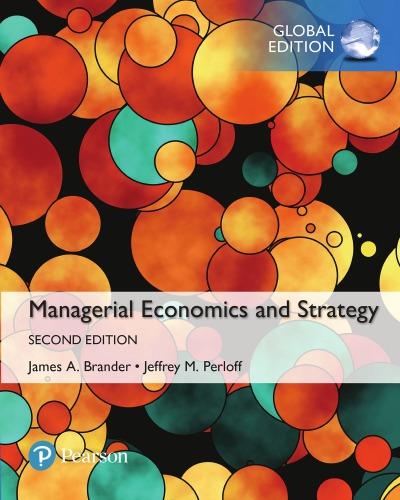2.2 In the twentieth century, department stores and supermarkets largely replaced smaller specialty stores, as consumers found
Question:
2.2 In the twentieth century, department stores and supermarkets largely replaced smaller specialty stores, as consumers found it more efficient to go to one store rather than many. Consumers incur a transaction or search cost to shop, primarily the opportunity cost of their time. This transaction cost consists of a fixed cost of traveling to and from the store and a variable cost that rises with the number of different types of items the consumer tries to find on the shelves. By going to a supermarket that carries meat, fruits and vegetables, and other items, consumers can avoid some of the fixed transaction costs of traveling to a separate butcher shop, produce mart, and so forth. Use math to explain why a shopper’s average costs are lower when buying at a single supermarket than from many stores.
(Hint: Define the goods as the items purchased and brought home.)
Step by Step Answer:

Managerial Economics And Strategy
ISBN: 9780135640944
2nd Global Edition
Authors: Jeffrey M. Perloff, James A. Brander






